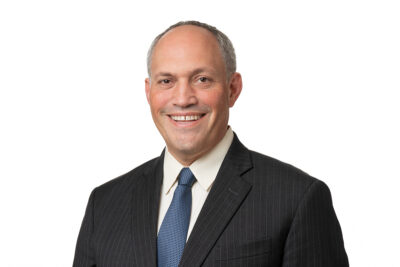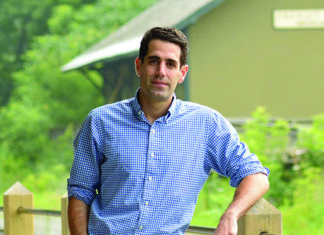 SYDNEY — In death, as in life, Archbishop Aghan Baliozian, the late Primate of the Diocese of the Armenian Church of Australia and New Zealand, garnered an endless row of tributes from all with whom he came into contact.
SYDNEY — In death, as in life, Archbishop Aghan Baliozian, the late Primate of the Diocese of the Armenian Church of Australia and New Zealand, garnered an endless row of tributes from all with whom he came into contact.
And they were legion, for he was a man of and for all people.
They were all there, laymen and clergymen alike, standing in silent and solemn vigil at his graveside as his casket was lowered in the foreign soil of Sydney, a shore too distant from his native Aleppo, Syria.
In a ceremony embellished with all the pomp and grandeur due a prince of the church, Baliozian was buried in the Armenian section of the North Ryde cemetery on October 4.
Eulogized and lionized by a panoply of dignitaries representing not only the established Christian churches and state and federal officialdom, but the local community and ethnic groupings as well, Baliozian was sent along to his final journey. The elaborate burial ceremony stretched to nearly four hours and was presided over by visiting Archbishop Natan Hovhannessian, the per sonal envoy of the Catholicos of All Armenians Karekin II, assisted by the Patriarchal Vicar of Jerusalem, Archbishop Nourhan Manougian.
Baliozian had been in poor health over the past few years, and had recently entered Sydney’s Royal North Shore hospital for treatment. He passed away on September 22.









